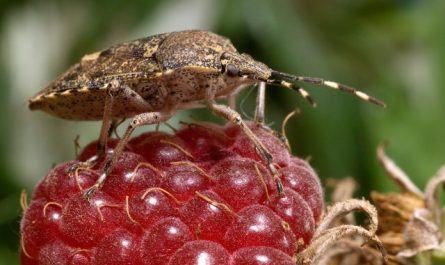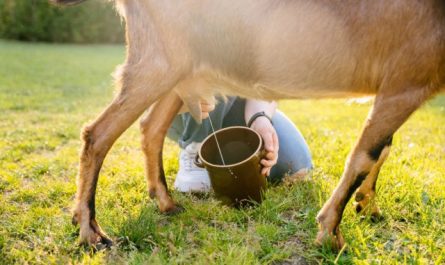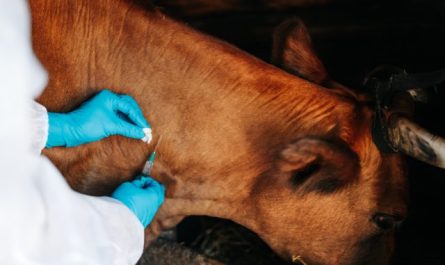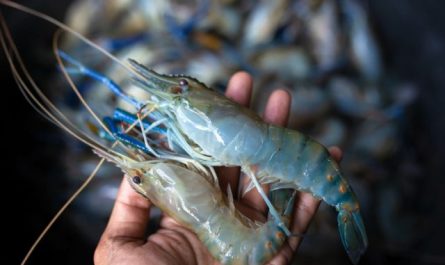With the arrival of autumn, beekeepers have a lot to do, despite the end of the honey harvest. During this period, it is important to carry out all the necessary measures so that the bees overwinter well. Today we will talk in detail about the main stages of preparing bees for wintering, which will help the apiary survive the winter without losses.

Autumn work in the apiary and preparation for winter
Already starting from the end of August, the beekeeper must carry out a number of important measures, without which successful wintering of bees will be impossible.
At the end of the honey collection season, the last honey extraction is carried out. Completely filled frames are left in the hive, and extraction is carried out only from those filled to 2/3. The super frames are then removed. It is also necessary to carry out preventive treatments of bees against varroatosis. These stages should be done at the end of August, and if you have not yet completed them, correct your mistakes.
Checklist of autumn work to prepare the apiary for winter:
- Selection of honey for feeding bees, replacement of unsuitable honey with additional feed, provision of bee colonies with sufficient food for the winter.
- Conducting an autumn revision. Assessing the strength of bee colonies, dividing giant colonies and strengthening weak ones. Assessing brood.
- Assembling a bee nest for wintering.
- Insulation and ventilation of bee nests.
- Moving hives to a moss house or preparing a wintering place outside.
- Today we will examine in detail all the points of this checklist in order to prepare bees well for winter and avoid losses in the spring.
1. Providing bees with quality food
A sufficient amount of high-quality food is one of the main factors for successful wintering of bee colonies. Food reserves are prepared before the end of the main honey flow during the selection of commercial honey in the summer. In addition, closer to autumn, bees often collect honeydew honey, which is not suitable for wintering at all.

Any honey with honeydew is not suitable for wintering. The more honeydew there is in honey, the more likely it is that bees will have diarrhea, will not survive the winter, and even strong bee colonies will die. Quickly crystallizing honey is not suitable for wintering: rapeseed, heather, mustard. The best honey for wintering is well-ripened flower honey.
Honey that is unsuitable for wintering must be removed from the hives and replaced with quality honey, prepared during the main honey flow. These must be full-weight, completely sealed honeycombs of dark shades. Complete sealing, i.e. complete covering of all honeycombs with wax caps, is highly desirable.
What can replace honey?
If high-quality honey was not prepared for some reason, it can be replaced by feeding with thick sugar syrup. It is made very concentrated at a ratio of 2:1. Although each beekeeper has his own views on the preparation of sugar syrup, so we will not dwell on this in detail. If possible, try to prepare full-honey frames with high-quality honey in time during the main honey flow, bees overwinter much better on such food.
If sugar syrup is used instead of honey, bees definitely need bee bread. However, if the bee colony winters on honey, and in early spring you have the opportunity to install frames with bee bread in the hive, then the bees can winter without bee bread.
2. Strengthening bee colonies
Strengthening bee colonies, that is, uniting weak colonies with strong ones, is the second most important stage in preparing for winter. The stronger the colony, the higher the probability of successful wintering. To put it simply, the more bees, the warmer they are.
3. The right amount of feed
This factor requires special attention. It is great if you have united bee families into one large and strong family. But do not forget that it will need more food. Before assembling bee nests for wintering, calculate how much honey the family needs, and then think about how to assemble the nest based on this.

Ideally, there should be 25 kg of honey left for one strong family, i.e. 10 frames of 2,5 kg each. On ten fully covered frames, the mass of bees is about 2,5 kg (with standard frame sizes of 435×300 mm). This ratio of honey reserves and bee mass is considered optimal, and it contributes to good wintering.
4. Correct assembly of the bee nest
The formation and assembly of the nest depends mainly on the strength of the family and the amount of food.
The nest assembly can be done in three main ways.:
- A two-sided method of assembling for wintering strong families with a large amount of food, not less than 25 kg. Full honey frames are placed at the edges of the nest, honey-pollen frames are placed next to them, and lighter frames (1,5-2 kg) are placed in the middle. It is preferable to use dark-colored honeycombs, as they are warmer.
- Assembly “in a corner” for wintering of families of average strength with food reserves of about 16-18 kg. The most full honey frame is placed on the edge of the nest, the remaining frames are placed in descending order to the center.
- “Beard” assembly for nuclei and wintering of weak bee families. The heaviest frames are placed in the middle of the nest, and the lighter ones are placed on the edges.
The main rule when forming a nest is that the more compact it is, the easier it will be for the bees to maintain the necessary microclimate and the better they will survive the winter. Extra frames must be removed, as they only cool the nest. Also, do not forget that the bee cluster should never be away from the feeding frames or on top of them, otherwise the family will simply die of hunger.
5. Insulation and ventilation
Once the nests are formed, it is necessary to fence off the free space in the hives with wooden diaphragms and insulate with insulating pillows. You can also use moss, straw and tow. Ventilation is no less important. The most effective method of ventilation is considered to be ceiling ventilation. You can open the upper flight holes from time to time or keep them open all winter.

The main task is to help the bees maintain optimal temperature and humidity. The temperature inside the cluster can be 19-28 °C, closer to the center of the cluster – up to 35 °C. The colder the air outside, the more intensively the bees move, maintaining a comfortable temperature inside the cluster. If the insulation is too weak, and it is very cold outside, even the strongest family can die during frosts.
If you do not take care of good ventilation, dampness will accumulate in the hive, mold will appear, honey may sour due to too high humidity. All this will lead to diarrhea in bees. They may not survive the winter, or the family will be very weakened.
Which wintering option to choose?
Cleaning bees in the winter house
When cold weather sets in with morning temperatures around -5 °C, you can put the hives in a wintering shed (oshanik). It is necessary to maintain a temperature of around 1-3 °C and humidity within 60-80%.
The main advantages of wintering in a moss house:
- Bees need less food.
- Protection from frost, wind and precipitation.
- Possibility of conducting winter inspections of bee colonies and feeding if necessary.
The main disadvantages of wintering in a moss house:
- The need to build a winter hut, and this requires materials, space, labor and time.
- Bees that winter in a moss house begin their first flights later and develop later in the spring.
- If the winter is warm, it may be too warm inside the moss house. Sudden thaws are also dangerous, when the temperature inside the winter house rises sharply and cannot be lowered quickly.
In winter, bees tolerate cold snaps better than thaws. When it gets warmer, they start to get agitated, crawl out of the entrances, fall to the floor and die. The amount of dead bees during sudden warm snaps and overly warm wintering can be enormous.
Wintering of bees in the wild
In southern regions and areas with mild winters, hives can be left to overwinter outside in places protected from the wind. There are ways to overwinter in the wild and in cold regions with severe winters, but this is a big topic for a separate article. In areas with deep snow cover, hives overwinter under the snow.

The main advantages of wintering in the wild:
- Bee colonies that overwinter in the open develop faster in the spring and begin their flights earlier.
- There is no need to build a winter hut.
The main disadvantages of wintering in the wild:
- In cold regions, only strong families can overwinter outdoors, provided that they have a sufficient supply of food, the nest is formed correctly, and the hives are well insulated.
- When wintering outdoors, bees need more food.
- The need to protect bees from birds and other pests.
- The need to constantly monitor the snow level in the apiary.




















